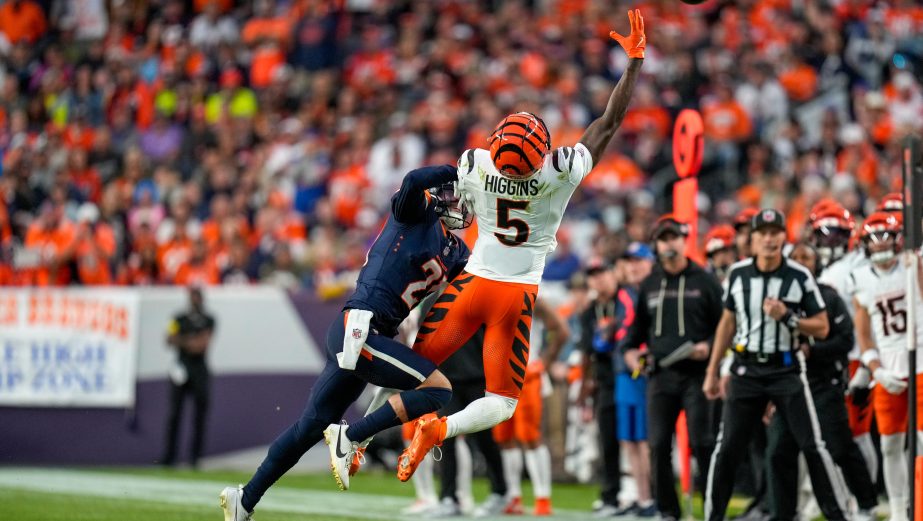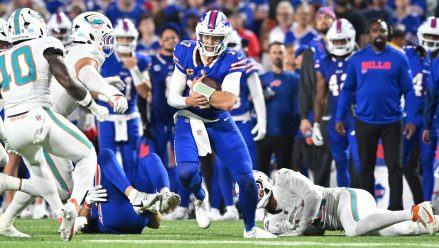When the history of the war between state-regulated sportsbooks and federally regulated prediction markets is written — and if the prediction markets won (which we’ll probably be finding out at a United States Supreme Court near you in a few years) — the events of this Monday and Tuesday may very well be looked at the turning point.
These events might be the Saratoga, the Gettysburg, the Dylan-goes-electric moments, the ones that future historians point to and say, “Yup. Right here. That’s where it all changed.”
It was 24 hours, three occurences, and, quite possibly, the paradigm shift.
1. The CFTC and SEC have a sitdown
Of course, calling this a “sitdown” makes it sound like a couple of mafia families discussing paths forward to end the bloodshed, and Monday’s sitdown — technically, a “roundtable” — was completely different, in that it was a couple of regulatory agencies and a pair of prediction market companies valued in the tens of billions discussing paths forward to end the bloodshed.
The last time the Securities and Exchange Commission (SEC) and Commodity Futures Trading Commission (CFTC) saw fit to break bread together, it was 14 years ago to discuss cross border issues for swaps regulation in the wake of Dodd-Frank.
Point being, it’s not every day these two organizations see fit to sit down at the same table. And by bringing in Kalshi co-founder Tarek Mansour and Polymarket founder Shayne Coplan to hang out with the big guns, the message couldn’t have been clearer: Everyone is about to be getting along swimmingly on this prediction market issue. Full steam ahead.
Never mind the letters being drafted on Capitol Hill, never mind the state lawsuits, never mind the bad blood between Mansour and Coplan, never mind most everyone’s prediction (pun intended) that this all ends up one day in front of the highest court in the land. The fact that the SEC, the CFTC, and the CEOs of the two main prediction markets (including Coplan, who let’s not forget had his home raided last year as part of a Department of Justice investigation, which was later dropped) — all sat down together was giving off vibes, as the kids say.
And those vibes were clearly of the kumbaya variety.
2. Kalshi introduces parlays
“But parlays!” has long been the rallying cry for the legal sports betting market bulls, noting prediction markets would have a tough, bordering on impossible, time pricing and offering parlays.
Welp, not so much.
With approximately zero fanfare, and mere hours after the roundtable ended, Kalshi went ahead and started offering parlays — same-game and multi-game — on pregame markets in the Dolphins-Jets and Broncos-Bengals games.
That’s it. That’s the story. Parlays were available on Kalshi. Let’s see if they continue to offer them this week, but the bottom line is bettors can now lose their parlays at prediction markets as well as at regulated sportsbooks. That’s huge.
3. Massachusetts says the quiet part out loud
After that eventful Monday, on Tuesday morning, the Massachusetts Gaming Commission (motto: “We Think Watching Paint Dry Is Actually Quite Fascinating”) dropped what should be a bombshell, except everyone already knew it: Sportsbooks limit winning customers, raise limits on losing customers, and if you beat closing line value, you may as well take up tiddlywinks as a hobby.
Again, this isn’t “news” in the sense that anyone is shocked, but it is certainly “news” in the respect that the MGC now has the data to back it up.
And while the data showed “only” 0.64% of all accounts were limited, nearly 13% of those were limited to pennies.
Furthermore, I question the “0.64%” thing. It’s higher than that, only because, how many people open an account and don’t bet more than a few times? I’d love to see what the percentage is among active accounts, people who bet regularly, people who bet more than $10 on a same-game parlay, when it comes to getting limited. Spoiler: It’s a lot higher than 0.64%.
At any rate, the actual news out of this meeting is that it appears the MGC will be crafting regulations to let bettors know when and why they’re getting limited, and change advertising standards to alert consumers that if they’re good, they may get limited.
You know who isn’t limiting anyone?
Yeah.
And as time marches forward, and Joe and Jane Square Bettor start wising up to the existence of Kalshi, Polymarket, and all the other prediction markets (and those yet to come, helllllllo FanDuel and DraftKings, are you listening?), it would certainly seem prudent to wager somewhere your action is welcome, no matter the reason.
So there you have it. Three separate stories, all within 24 hours of each other, that taken together, might very well be the point at which the axis tilted for once and for all.






